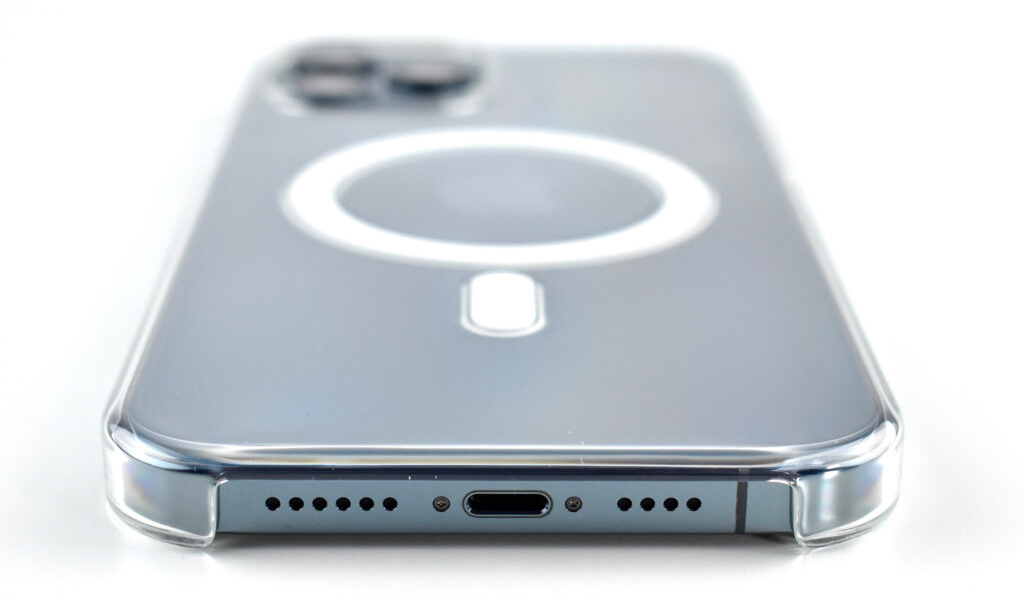
If you’ve got a more recent Apple device, like an iPhone or MacBook, you may have heard of MagSafe. If you don’t know about it, you will after reading this.
To begin with, MagSafe is not some new Apple proprietary tech. It first debuted back in 2006 with the MacBook Pro, becoming a staple on all magnetic power charging cables and ports for Apple laptops until 2017, when Apple switched to USB-C on the MacBook Air. The basic premise was to create a secure magnetic connection to the power port that was easy to remove. And if anyone accidentally walked over and tripped on the cable, it would snap off, saving both the computer and person.
After a few years absence, Apple brought MagSafe back in 2020, and it figures to play a big role in the company’s products going forward. Here’s how it all works, and what you can expect.
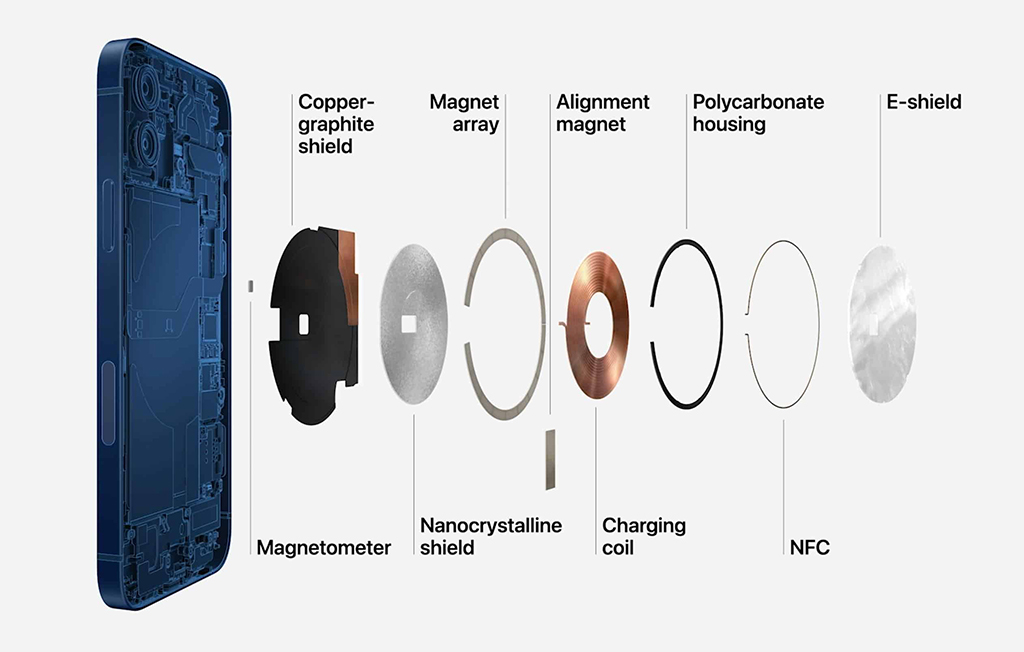
What does MagSafe do?
The primary purpose was to utilize a charging cable and port that snapped in and out. Easy to remove, yet also sturdy enough to stay in place, it formed a nice balance. Apple’s MacBooks stood out because of it, especially when compared to the standard plugs and ports typical of Windows PC laptops at the time.
Safety was a major consideration, especially because, by snapping off easily, the laptop wouldn’t go flying and possibly sustain damage. Magnets on both the port side on the Mac, and the cable side clasp together to form the tight connection. Despite that, Apple designed it to break free no matter what direction you were pulling it from. That’s why it was difficult for anyone tripping to pull the laptop along with them.
When Apple created a different type of MagSafe for the iPhone, it added a wireless charging component to the mix. You won’t get that with a MacBook, but it does add something extra to the phone. Mind you, not all MagSafe products for iPhone include charging components. Some are to help mount it, others may be to facilitate another function, kind of like how a MagSafe-compatible case could pass through power from a different wireless charger.
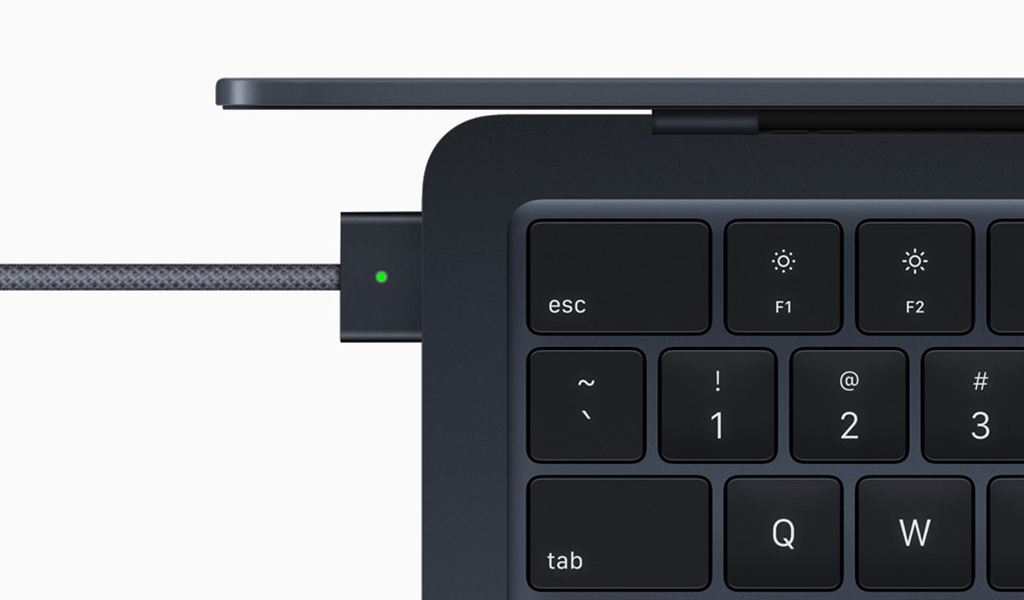
How does MagSafe work on a MacBook?
MagSafe for Mac came in two iterations. The first had a thicker head, whereas the second had a thinner and slimmer head and profile. The original version, MagSafe 1, didn’t last as long, once Apple started phasing it out in 2009. MagSafe 2 became standard until Apple phased that out between 2017-19. There were some design shifts along the way for both versions, but they otherwise stayed intact.
Apple brought it back to the Mac with the 2021 MacBook Pro. MagSafe 3 carries a higher power throughput, letting you charge a MacBook Pro up to 50% in just 30 minutes. It’s not clear exactly what wattage MagSafe 3 chargers use, and the power brick you get in the box differs depending on which size or spec MacBook Pro you buy. When you connect it, the LED light will turn orange to indicate a charge, or green when it’s full.
Note that you can still charge your MacBook using one of the USB-C ports, so Apple’s laptops have a rare distinction in that there are effectively two ways to charge them. Beyond the magnets, MagSafe 3 doesn’t do anything else. Unlike USB-C, it doesn’t transfer data, for example.
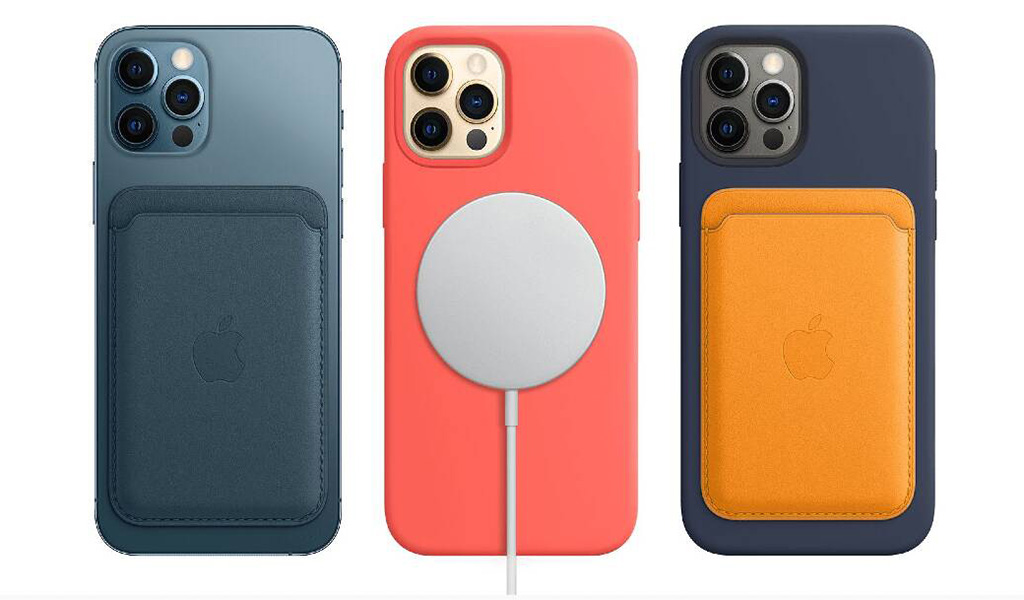
How does MagSafe work on an iPhone?
Apple introduced MagSafe for its phones starting with the iPhone 12 lineup. It then included support for the iPhone 13 lineup, and is likely to do so for upcoming iPhone models as well. Not all newer iPhones support it, with the iPhone SE being the one outlier.
The design and circuitry is pretty intricate because it’s made up of layers. A copper graphite shield, magnet array, alignment magnet, polycarbonate housing, NFC chip and outer shield are all in there. Those components enable MagSafe accessories to either attach for mounting purposes, or to attach and charge the phone. The magnets are strong enough to hold the phone in place, yet easy enough to detach it when you need to.
Basically, not all MagSafe accessories are designed to charge the phone. Some are purely mounts, like on handlebars or a car dash, for instance. Other accessories may be specific to shooting photos or video, be they tripods or handheld mounts. That makes MagSafe pretty versatile.
If your iPhone has a case, MagSafe may not work, though it might if the case is thin enough. Several cases, especially for the iPhone 12 and 13 lineups were made with MagSafe in mind. Just double-check that whatever case you’re looking at is indeed compatible with it. Otherwise, you would have to remove the phone from the case to make it work.
MagSafe has a current max charging speed of 15W. That’s nowhere near the fastest speeds available for wired charging, but it is the fastest you can get for wireless charging on the iPhone right now.
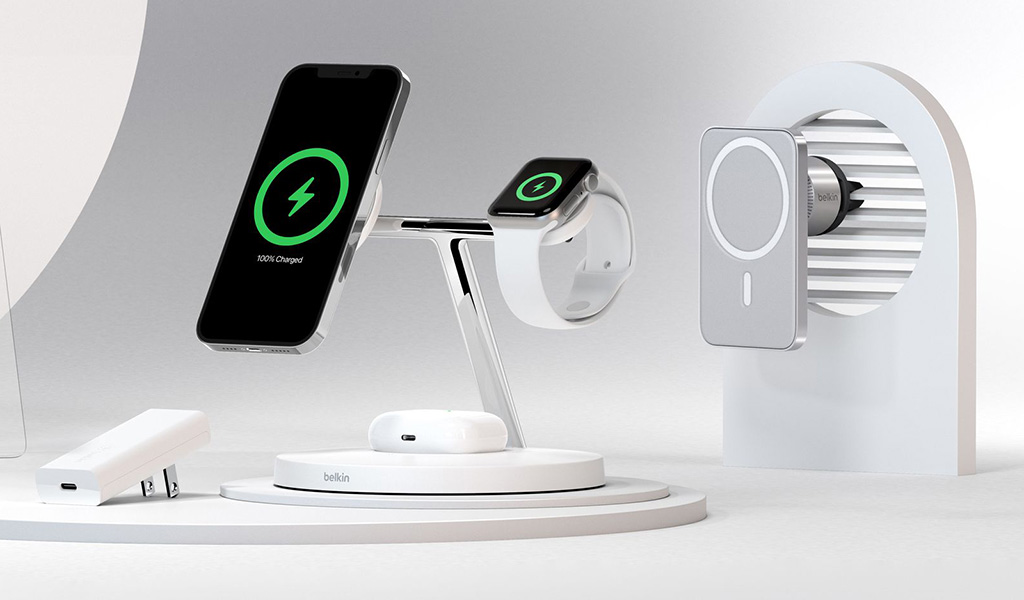
Get started with MagSafe
Apple doesn’t include a MagSafe charger in the box with any iPhone. You have to get one separately, though the company does include them in the newest MacBooks going back to the Air in 2020. They’re not hard to find, and Apple doesn’t exclusively make them. You will often see them from other brands, too.
Technically speaking, you could use a charger with an Android phone that supports the Qi wireless standard. The only problem is that the charging speed is too slow, something that ironically also happens when you try this with older iPhones that support wireless charging.
The AirPods don’t support MagSafe, yet fall in line the same way. Lay them on a MagSafe charger, and they will charge, only without any magnets connecting, and at a slower rate of speed. The Apple Watch, however, will not because Apple uses its own version of Qi charging to work with it. That goes for all versions of the watch, by the way. There are multi-device Apple charging stations that combine an iPhone and Apple Watch charger together, and those would be one of the rare exceptions to getting something like this to work.
You can get yourself started by checking out the latest iPhones and MacBooks, and then looking at all MagSafe accessories currently available.




This is really interesting. I’ll have to pick up a magsafe charger for my iPhone 13!
I wonder if I can find a magsafe portable battery pack.
Thanks for the article!
Hi Ian,
Yes bestbuy.ca has a portable MagSafe battery pack right here: https://www.bestbuy.ca/en-ca/product/apple-magsafe-battery-pack/15618594
Comments are closed.